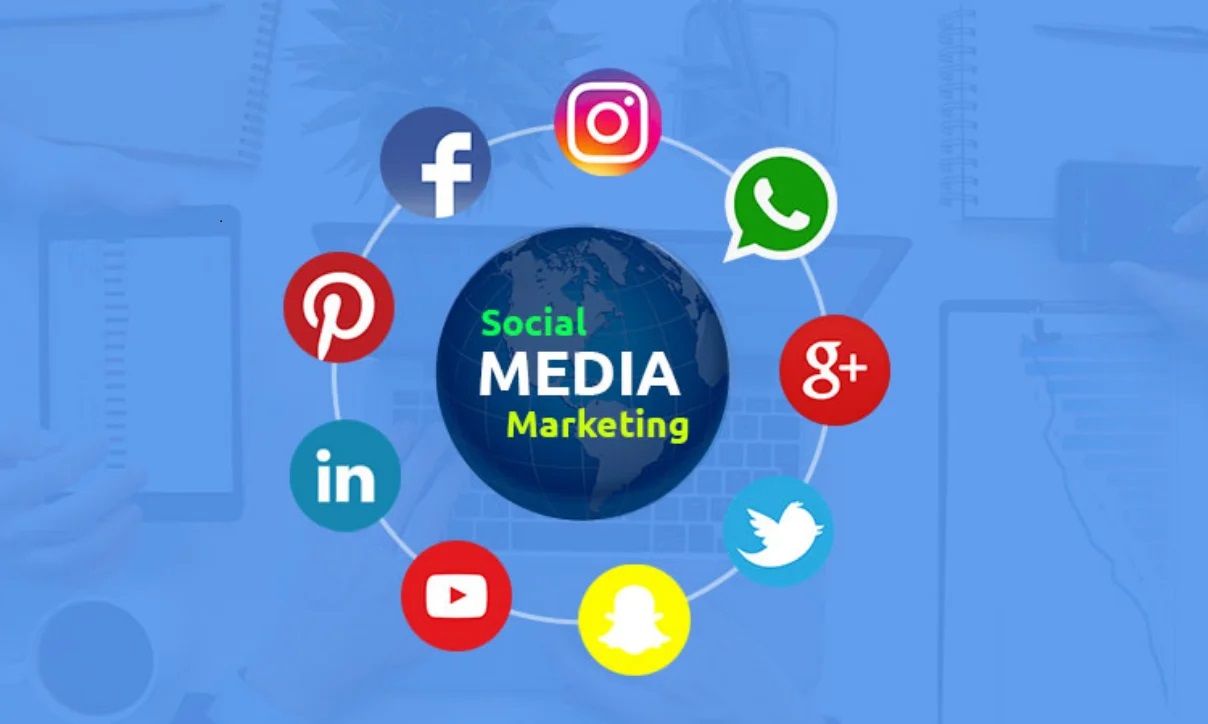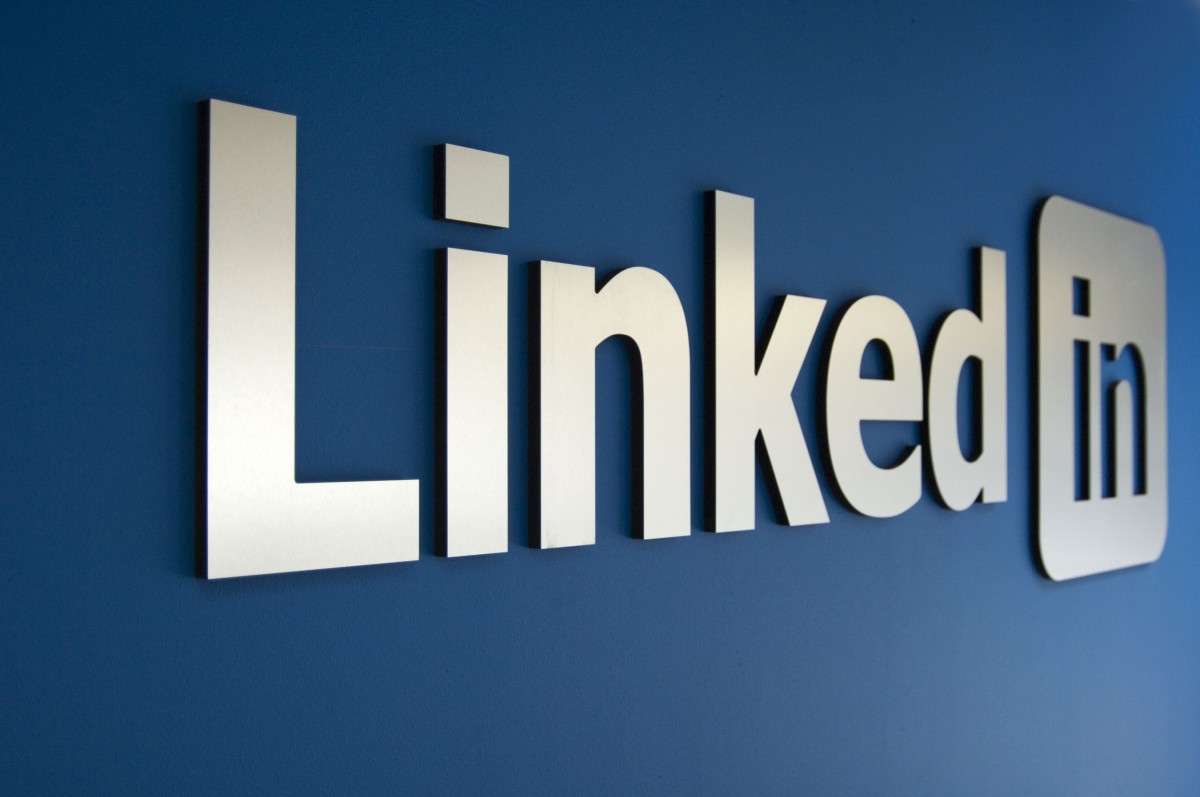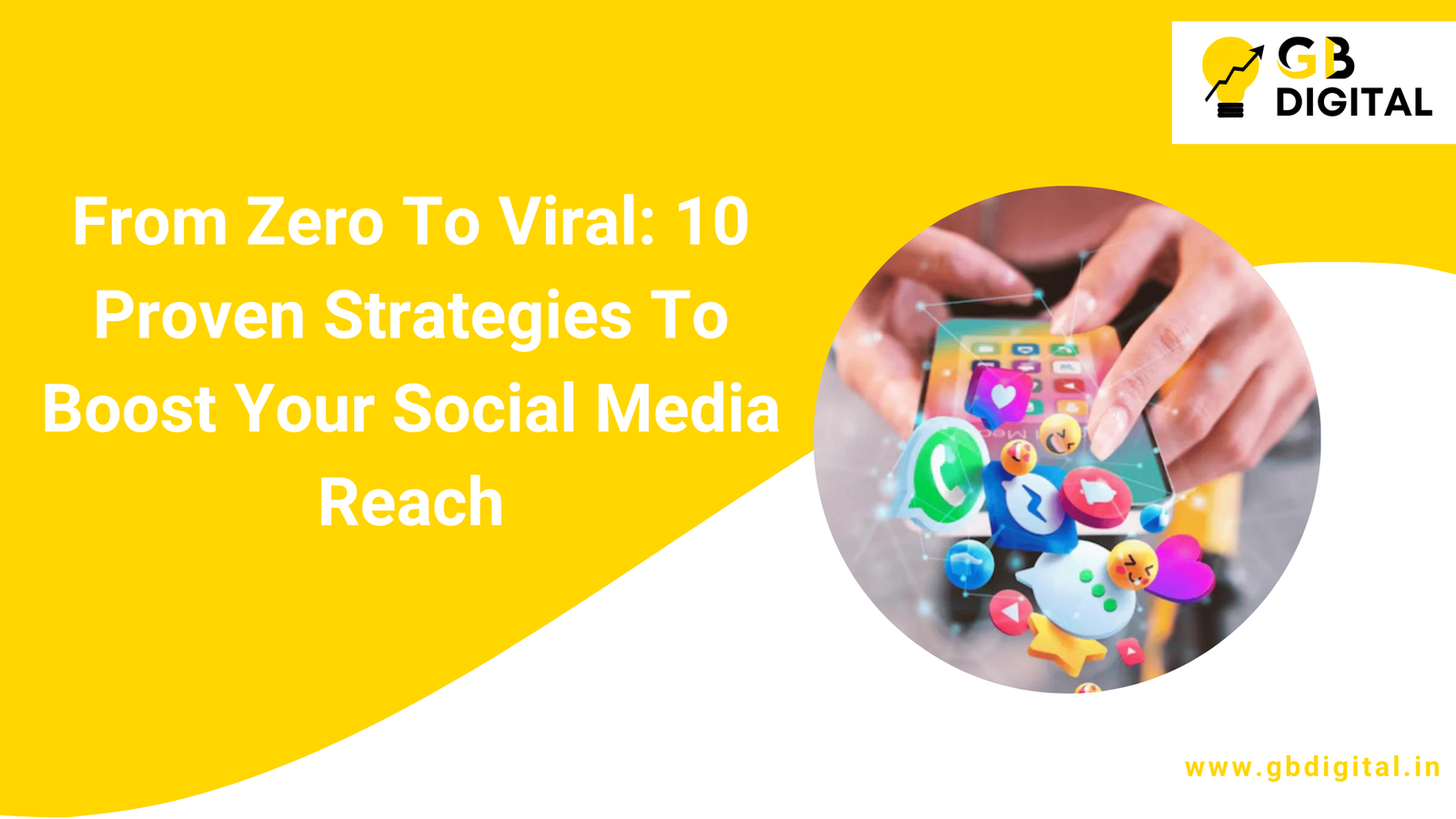I mourned a little the day Duo, Duolingo’s mascot, “died.” And I rejoiced when the company brought him back, saying the neon-green owl faked his own death. That’s the power of social media marketing—brands have the opportunity to create memorable stories that capture our attention and forge emotional connections.
These emotional connections are the foundation for converting casual followers into loyal customers. With over 5.24 billion social media users worldwide as of February 2025 (representing 63% of the global population), the opportunity to build these connections is immense. The average person spends 143 minutes daily on social media, with many of us spending considerably more time scrolling, liking, and sharing.
In this comprehensive guide, I’ll show you how to harness the full potential of social media marketing strategy to transform casual followers into devoted customers who not only purchase your products but become brand advocates.
What Separates Social Media Marketing from Traditional Marketing?
Social media marketing is the process of creating tailored content for specific platforms to promote products or services, build community with target audiences, and drive business results. What makes it distinct from traditional marketing is the real-time interaction and relationship-building potential.
Unlike billboards or television ads, social media enables two-way communication between brands and customers. This dynamic interaction creates opportunities for:
- Personalized engagement that addresses individual customer needs
- Community building that fosters brand loyalty
- Real-time feedback that informs product development
- Authentic storytelling that humanizes your brand
- Direct conversion opportunities through integrated shopping features
The Business Impact: Why Social Media Marketing Matters

According to recent industry reports, the business benefits of social media marketing are substantial:
- 83% of marketers increased brand exposure
- 73% boosted website traffic
- 65% generated qualified leads
- 62% developed loyal customer communities
- 52% directly increased sales
Our 2025 Social Media Trends report revealed additional insights:
- 69% of marketers believe more shopping will happen directly on social platforms than on brand websites or third-party marketplaces
- Over 40% of Gen Z and millennials have purchased products directly through social media in the past quarter
- 85% of social media marketers identify building active communities as crucial for success in 2025
- 89% of marketers prioritize optimizing content for platform-specific search features
Building Your Social Media Marketing Strategy: The Blueprint
Creating a social media strategy that converts followers into customers requires a methodical approach. Here’s how to build your framework:
1. Set Clear, Measurable Objectives
Effective social media marketing begins with defining specific goals that align with broader business objectives. Ask yourself:
- Are you looking to increase brand awareness?
- Do you want to drive website traffic to your product pages?
- Are you focused on lead generation?
- Is improving customer retention and loyalty your priority?
- Do you need to enhance customer service and satisfaction?
Once you’ve identified your high-level goals, break them down into actionable targets with measurable KPIs. For example, if your goal is increasing website traffic, your targets might include:
- Increasing click-through rates from social posts by 15%
- Growing referral traffic from Instagram by 25% quarter-over-quarter
- Boosting engagement on link-containing posts by 30%
2. Develop Detailed Buyer Personas
Understanding exactly who you’re trying to reach is fundamental to creating content that resonates. Detailed buyer personas should include:
- Demographic information
- Pain points and challenges
- Preferred social platforms
- Content consumption habits
- Purchasing behaviors
- Communication preferences
For example, if your company sells sustainable athleisure wear, your primary persona might be environmentally-conscious millennials who prioritize both style and ethical production. This insight would influence your content strategy, platform selection, and messaging approach.
3. Select Strategic Platform Focus
With numerous social platforms available, strategic selection is essential. Consider:
- Where your target audience spends their time
- Which platforms align with your content capabilities
- Where your competitors have established presence
- Which emerging platforms might offer first-mover advantage
For instance:
- If targeting Gen Z, prioritize TikTok and Instagram
- For B2B audiences, focus on LinkedIn and Twitter
- For visual products, emphasize Instagram and Pinterest
- For community building, consider Facebook Groups or Discord
4. Establish Key Performance Metrics
Your social media strategy should be fundamentally data-driven. Focus on metrics that directly connect to your business objectives:
Awareness Metrics:
- Reach
- Impressions
- Follower growth
- Brand mentions
Engagement Metrics:
- Engagement rate (interactions divided by impressions)
- Amplification rate (shares/reposts)
- Click-through rate
- Comments and conversation
Conversion Metrics:
- Lead generation
- Cost per lead
- Conversion rate
- Revenue attribution
Customer Value Metrics:
- Customer retention rate
- Customer lifetime value
- Repeat purchase rate
- Referral traffic
Sentiment Metrics:
- Brand sentiment analysis
- Customer satisfaction scores
- Net promoter score from social followers
- Content sentiment distribution
Read Also :- How to Generate Leads with Facebook & Instagram Ads: A Proven Strategy for Success
Building Your Brand: Effective Social Media Marketing for Startups
5. Conduct Comprehensive Competitive Analysis
Understanding your competition’s social strategy provides valuable insights for your own approach. A thorough competitive analysis should examine:
- Which platforms competitors prioritize
- Content types that generate the most engagement
- Posting frequency and timing patterns
- Hashtag strategies and keyword targeting
- Community management approaches
- Paid advertising strategies
Look for gaps in their strategy that represent opportunities for your brand. For example, if competitors dominate Facebook but neglect Twitter, you might find an underserved audience segment ready for your content.
Pro tip: Monitor competitor reviews to identify common pain points that your products or services could address, then highlight these solutions in your social content.
6. Develop a Content Strategy That Converts
Your content strategy is where the rubber meets the road. Based on industry research, here’s what captures audience attention:
- Visual content (images/photos/infographics) receives 53% of engagement
- Short-form video captures 44% of engagement
- Millennials engage most with short-form video
- Gen Z, Millennials, and Gen X prefer video content
- Boomers engage most with images and infographics
- Relatable content creates the strongest memories across all demographics
- Humorous content resonates most with Gen Z and Millennials
To develop content that converts followers into customers:
- Create value-first content that solves problems or entertains before selling
- Develop consistent visual branding that’s immediately recognizable
- Tell authentic stories that showcase your brand’s personality and values
- Leverage user-generated content to build trust and social proof
- Include strategic calls-to-action that guide followers toward conversion
- Repurpose high-performing content across platforms with platform-specific optimization
Morgan emphasizes quality over quantity: “It’s better to post two or three times a week with super valuable content versus posting seven times a week with only one or two valuable posts.”
7. Implement a Strategic Posting Schedule
Consistency is crucial for building audience expectations and algorithm favor. A social media management solution helps ensure consistent execution:
Sprout Social offers comprehensive dashboard management for organizing content creation, campaign management, and performance analysis.
Hootsuite enables cross-platform scheduling and provides robust ROI measurement tools.
Finding your ideal posting frequency requires experimentation, but industry research suggests most marketers post multiple times per week per platform. The key is matching frequency with quality—each post should provide genuine value to your audience.
8. Continuously Analyze and Optimize
Social media marketing requires regular analysis and refinement. Schedule periodic reviews (monthly, quarterly, and annually) to:
- Evaluate performance against established KPIs
- Identify high-performing content for replication
- Recognize underperforming strategies for adjustment
- Track platform-specific algorithm changes
- Monitor emerging trends and opportunities
Morgan recommends different measurement approaches based on business maturity:
- New businesses should focus on reach, impressions, and audience growth
- Growing companies should track engagement metrics like likes, saves, comments, and DMs
- Established brands should monitor retention metrics and community health
- Launch campaigns should emphasize direct messages and click-through rates
Platform-Specific Strategies for Maximum Impact
Users: 3+ billion monthly active users worldwide
Primary Audience: Cusp of Gen Z and Millennials (24-35)
Best For: Community building, advertising, and comprehensive demographic targeting
Winning Strategies:
- Create and nurture Facebook Groups around brand-adjacent interests
- Leverage Facebook Live for product demonstrations and Q&A sessions
- Utilize detailed advertising targeting to reach specific customer segments
- Implement conversational commerce through Messenger
Users: 2 billion monthly active users
Primary Audience: Nearly even distribution of Gen Z and Millennials
Best For: Visual storytelling, influencer partnerships, and direct shopping
Winning Strategies:
- Create shoppable posts that reduce friction between discovery and purchase
- Use Instagram Stories to create urgency and showcase authentic moments
- Leverage Reels for trend-based content that boosts discoverability
- Collaborate with micro-influencers for authentic product promotion
TikTok
Users: 1.5+ billion active monthly global users
Primary Audience: Primarily Gen Z followed by Millennials
Best For: Creative video content, trend participation, and organic reach
Winning Strategies:
- Create authentic, less polished content that resonates with younger audiences
- Participate in trending challenges with branded spin
- Collaborate with creators for increased reach and credibility
- Use TikTok’s robust music library and effects to enhance content appeal

Users: 770 million active users worldwide
Primary Audience: Older Gen Z (24+), Millennials, and Gen X
Best For: B2B relationships, thought leadership, and professional networking
Winning Strategies:
- Share industry insights and thought leadership content
- Showcase company culture and employee achievements
- Utilize LinkedIn Live for webinars and expert discussions
- Engage in relevant professional groups and conversations
YouTube
Users: 2.5+ billion monthly active users worldwide
Primary Audience: Broad appeal across demographics
Best For: In-depth content, tutorials, and brand storytelling
Winning Strategies:
- Create tutorial content that showcases product usage and benefits
- Develop episodic content that encourages channel subscription
- Optimize video titles and descriptions for search visibility
- Include clear calls-to-action that direct viewers to conversion points
Turning Followers into Customers: The Conversion Pathway
The ultimate goal of social media marketing is converting followers into loyal customers. Here’s how to create that pathway:
1. Build Trust Through Consistency
Consistency in posting schedule, visual identity, and voice establishes reliability and builds trust. Followers need to know what to expect from your brand before they’ll commit to a purchase.
2. Create Value Before Extraction
Provide significant value through your content before asking for anything in return. This could be educational content, entertainment, or inspiration that solves real problems for your audience.
3. Foster Two-Way Communication

Respond promptly to comments and messages, ask questions in your posts, and create opportunities for followers to share their thoughts and experiences. This dialogue builds relationship and loyalty.
4. Implement Strategic CTAs
Each post should have a clear purpose in the customer journey. Whether it’s driving website traffic, encouraging email sign-ups, or promoting direct purchases, guide followers to the next step with clear calls-to-action.
5. Leverage Social Proof
Showcase customer testimonials, user-generated content, and reviews to validate your product or service quality. This builds confidence in potential customers who see others successfully using your offerings.
6. Create Exclusive Social Offers
Develop special offers exclusively for your social audience. This creates urgency and rewards follower loyalty while providing a clear path to conversion.
7. Simplify the Purchase Journey
Minimize friction between interest and purchase by utilizing platform-specific shopping features like Instagram Shopping, Facebook Shops, or TikTok Shop that allow in-app purchases.
Measuring Success: Beyond Vanity Metrics
True social media marketing success isn’t measured in likes and followers alone—it’s about tangible business impact. Implement these measurement practices:
- Set up proper attribution tracking to understand which social channels drive actual conversions
- Create platform-specific landing pages to track traffic source effectiveness
- Implement UTM parameters on all social links for accurate analytics
- Track customer lifetime value of social media-acquired customers
- Measure retention rates of customers from different social channels
- Calculate ROI by comparing social media investment to revenue generated
The Future of Social Media Marketing: Emerging Trends
As you master current platforms, keep an eye on emerging trends that will shape the future of social media marketing:
- AI-powered personalization that tailors content to individual preferences
- Augmented reality shopping experiences that allow virtual product testing
- Social commerce integration that streamlines the purchase journey
- Decentralized social platforms that offer new community-building opportunities
- Short-form video dominance across all demographics
- Creator economy partnerships that extend brand reach authentically
Emerging platforms to watch include:
- Threads (Meta’s text-based conversation app)
- Lemon8 (ByteDance’s content-sharing platform)
- BeReal (Authenticity-focused photo sharing)
- Substack (Newsletter platform with social elements)
- Twitch (Live streaming beyond gaming)
From Strategy to Success: Getting Started
The journey from social media strategy to customer loyalty requires both planning and flexibility. Begin by:
- Selecting one primary platform to master before expanding
- Developing a content calendar for consistent execution
- Establishing baseline metrics to measure progress
- Creating a community engagement protocol for interaction
- Building a conversion pathway from awareness to purchase
Remember Stephanie Morgan’s advice: “When you know what your audience likes and needs to know, you can create content that engages those interests.”
Read Also : How to Develop a Content Strategy in 7 Steps (From Start to Finish)
The 13 Best Keyword Research Tools to Find the Right Keywords for SEO
Final Thoughts: The Relationship Economy
Social media marketing at its core isn’t about platforms or posts—it’s about relationships. In today’s relationship economy, the brands that succeed are those that create genuine connections with their audience.
When you approach social media as a relationship-building tool rather than a broadcast channel, you’ll naturally convert casual followers into loyal customers who not only purchase repeatedly but become advocates who expand your reach through authentic word-of-mouth.
The most successful social media marketers don’t just chase likes—they cultivate loyalty by creating value, fostering community, and delivering consistent experiences that keep customers coming back.
FAQ’s
Q1.What is social media marketing?
Social media marketing is the process of creating content for social platforms to promote products/services, build community with target audiences, and drive traffic to businesses, with strategies varying based on which networks your audience frequents.
Q2.What are the main benefits of social media marketing?
The top benefits include increased brand exposure (83% of marketers report this), higher website traffic (73%), improved lead generation (65%), development of loyal customer bases (62%), and increased sales (52%).
Q3.How do I choose which social media platforms to use for my business?
Choose platforms where your target audience spends their time, considering demographic data (e.g., Gen Z on TikTok, professionals on LinkedIn) and the type of content you want to create (videos, images, professional content, etc.).
Q4.How often should businesses post on social media?
Focus on quality over quantity—posting 2-3 times weekly with valuable content is more effective than daily posts of lesser quality. Monitor analytics to determine when your audience engages most, and adjust your posting schedule accordingly.
Q5.How do I measure the success of my social media marketing efforts?
Track metrics relevant to your business goals, including engagement (likes, comments, shares), reach, follower growth, impressions, video views, profile visits, mentions/tags, and ultimately conversions through tools like platform analytics or GB DIGITAL marketing analytics software.








